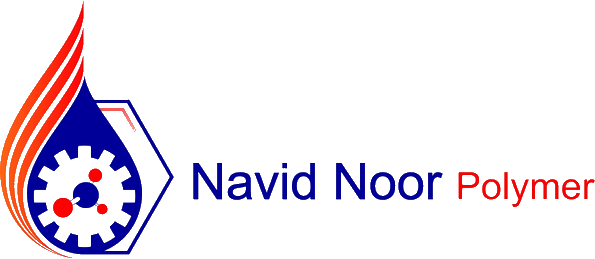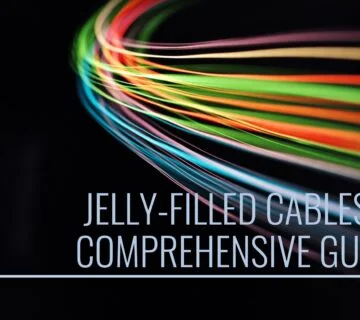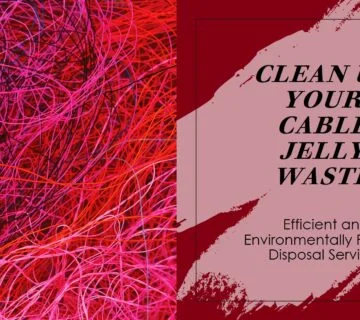Retrofitting older cables with modern jelly compounds can be an effective way to extend the life and improve the performance of existing cable infrastructure. This process involves removing old filling compounds and replacing them with newer, more advanced jelly formulations. Here’s a comprehensive guide on the process, considerations, and benefits of retrofitting older cables with modern jelly compounds:
Process of Retrofitting:
1. Assessment:
– Evaluate the condition of the existing cable.
– Determine compatibility of new compounds with cable materials.
– Assess the feasibility and cost-effectiveness of retrofitting versus replacement.
2. Cable Preparation:
– Expose the cable section to be retrofitted.
– Create access points for jelly removal and injection.
3. Old Compound Removal:
– Use mechanical or chemical methods to remove the old jelly compound.
– Clean the cable interior thoroughly.
4. Drying:
– Ensure the cable is completely dry before introducing a new compound.
– Use heat or dry air circulation if necessary.
5. New Compound Injection:
– Inject the modern jelly compound using specialized equipment.
– Ensure complete and uniform filling.
6. Sealing:
– Properly seal all access points and splices.
– Restore cable jacket integrity.
7. Testing:
– Conduct electrical and physical tests to ensure proper installation.
Equipment Used:
1. Jelly Removal Tools:
– Mechanical scrapers, brushes, and vacuum systems.
– Chemical cleaning agents and applicators.
2. Injection Equipment:
– Pressurized injection systems.
– Specialized nozzles for even distribution.
3. Heating and Drying Equipment:
– Heat guns, drying ovens, or forced air systems.
4. Sealing Materials:
– Heat-shrink tubing, tapes, and sealants.
5. Testing Equipment:
– Electrical testers for continuity and insulation resistance.
– Pressure testing equipment for sealed systems.
Benefits of Modern Jelly Compounds:
1. Improved Water Resistance:
– Better protection against moisture ingress.
2. Enhanced Electrical Properties:
– Improved insulation characteristics.
– Reduced signal attenuation in communication cables.
3. Greater Temperature Stability:
– Wider operating temperature range.
– Better performance in extreme conditions.
4. Longer Lifespan:
– Increased durability and resistance to degradation.
5. Improved Compatibility:
– Better interaction with modern cable materials.
6. Environmental Benefits:
– Some modern compounds are more eco-friendly.
7. Enhanced Flow Characteristics:
– Better penetration into cable interstices.
Considerations and Challenges:
1. Compatibility:
– Ensure new compounds are compatible with existing cable materials.
– Consider interactions with connectors and terminations.
2. Access:
– Retrofitting may be challenging in buried or hard-to-reach cables.
3. Length Limitations:
– There may be practical limits to the length of cable that can be retrofitted.
4. Cost Analysis:
– Compare retrofitting costs with full cable replacement.
5. Performance Expectations:
– Set realistic expectations for performance improvements.
6. Regulatory Compliance:
– Ensure retrofitting meets relevant industry standards and regulations.
7. Skill Requirements:
– Specialized training may be needed for personnel performing the retrofit.
8. Downtime:
– Consider the impact of cable downtime during the retrofitting process.
9. Environmental Factors:
– Account for local environmental conditions that may affect the process.
Best Practices:
1. Thorough Planning:
– Develop a detailed plan including timelines, resource allocation, and contingencies.
2. Sample Testing:
– Perform tests on a small section before full-scale retrofitting.
3. Documentation:
– Maintain detailed records of the retrofitting process and materials used.
4. Quality Control:
– Implement rigorous quality checks throughout the process.
5. Long-term Monitoring:
– Establish a monitoring program to track the performance of retrofitted cables.
6. Training:
– Provide comprehensive training to personnel involved in the retrofitting process.
7. Supplier Collaboration:
– Work closely with jelly compound suppliers for technical support and guidance.
8. Environmental Considerations:
– Implement proper disposal methods for old compounds and cleaning agents.
9. Continuous Improvement:
– Stay informed about advancements in jelly compound technology.
10. Risk Assessment:
– Conduct a thorough risk assessment before starting the retrofitting process.
Retrofitting older cables with modern jelly compounds can be a cost-effective way to upgrade existing infrastructure without the need for complete cable replacement. However, it requires careful planning, specialized equipment, and expertise to ensure success. When done correctly, it can significantly extend the life and improve the performance of older cable systems, providing a valuable alternative to full cable replacement in many situations.

This is Kamran Malekian working in the petroleum jelly manufacturing industry for Navid Noor Company since 2013 I am eager to make content in this industry and have a good impact on professional users and people using cosmetic and pharmaceutical products.











No comment